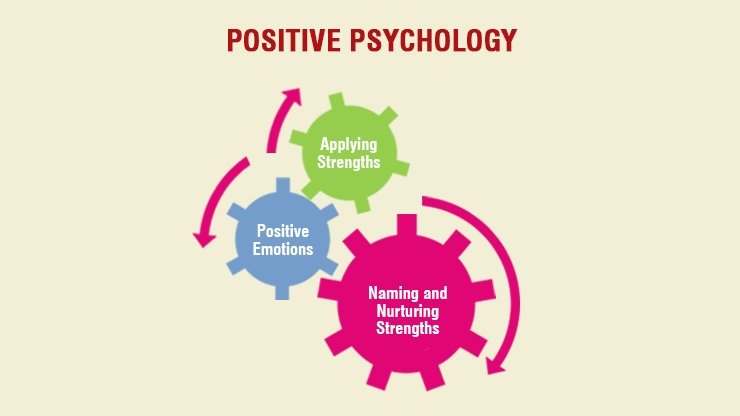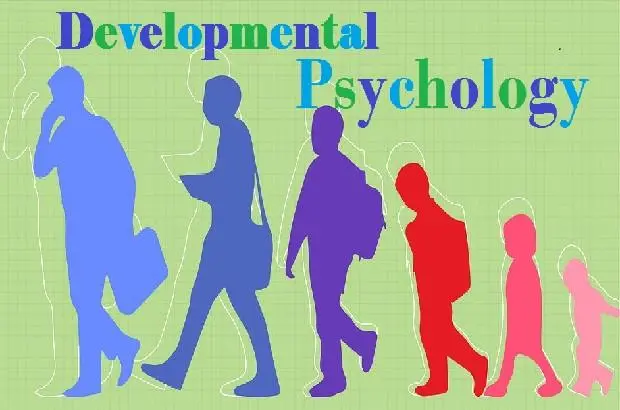Understanding Borderline Personality Disorder: A Deep Dive into its Symptoms, Causes, and Treatment
Introduction:
Borderline Personality Disorder (BPD) is a complex mental health condition that affects approximately 1.6% of the adult population in the United States. Individuals with BPD often experience difficulties in regulating their emotions and maintaining stable relationships. In this article, we will delve into the various aspects of Borderline Personality Disorder, including its symptoms, causes, and treatment options.
- Symptoms of Borderline Personality Disorder:
People with BPD exhibit a wide range of symptoms, which can vary in intensity and duration. Some of the common symptoms include:
a) Emotional instability: Individuals with BPD often experience intense and rapidly changing emotions. They may struggle with feelings of emptiness, anger, and fear of abandonment. Mood swings can be frequent and unpredictable.
b) Impulsive behavior: People with BPD may engage in impulsive behaviors such as substance abuse, reckless driving, overspending, or binge eating. These behaviors often occur as a way to alleviate emotional distress.
c) Unstable relationships: Individuals with BPD often have difficulty maintaining stable and healthy relationships. They may experience intense idealization and devaluation of others, leading to frequent conflicts and difficulties in interpersonal connections.
d) Self-destructive tendencies: Self-harm and suicidal behaviors are common among individuals with BPD. These actions may serve as a coping mechanism or an expression of emotional pain.
- Causes of Borderline Personality Disorder:
The exact causes of BPD are not yet fully understood, but research suggests that a combination of genetic, environmental, and neurological factors contribute to its development. Some potential causes include:
a) Genetic predisposition: Studies have shown that BPD tends to run in families, indicating a genetic component. However, specific genes associated with BPD have not been identified yet.
b) Childhood trauma: Experiencing physical, sexual, or emotional abuse during childhood, as well as neglect or early separation from caregivers, has been linked to the development of BPD. These traumatic experiences can disrupt emotional development and lead to difficulties in emotion regulation.
c) Brain abnormalities: Brain imaging studies have revealed structural and functional differences in the brains of individuals with BPD. These abnormalities are primarily observed in areas related to emotion processing and impulse control.
- Treatment Options for Borderline Personality Disorder:
While there is no cure for BPD, various treatment approaches can help individuals manage their symptoms and lead more fulfilling lives. Some common treatment options include:
a) Psychotherapy: Dialectical Behavior Therapy (DBT) is one of the most effective therapeutic approaches for BPD. It focuses on developing skills for emotional regulation, distress tolerance, and interpersonal effectiveness. Other forms of therapy, such as cognitive-behavioral therapy (CBT) and psychodynamic therapy, may also be beneficial.
b) Medication: Medications may be prescribed to manage specific symptoms associated with BPD, such as depression, anxiety, or impulsivity. Antidepressants, mood stabilizers, and antipsychotic medications are commonly used, but their effectiveness may vary from person to person.
c) Supportive services: Engaging in support groups or peer-led programs can provide individuals with BPD with a sense of community and validation. These services can offer insights, coping strategies, and a safe space to share experiences.
Conclusion:
Borderline Personality Disorder is a complex mental health condition that impacts individuals’ emotions, relationships, and overall functioning. Understanding the symptoms, causes, and treatment options is crucial for both individuals diagnosed with BPD and their loved ones. With appropriate support and treatment, individuals with BPD can learn to manage their symptoms, improve their quality of life, and build meaningful relationships.
![]()





